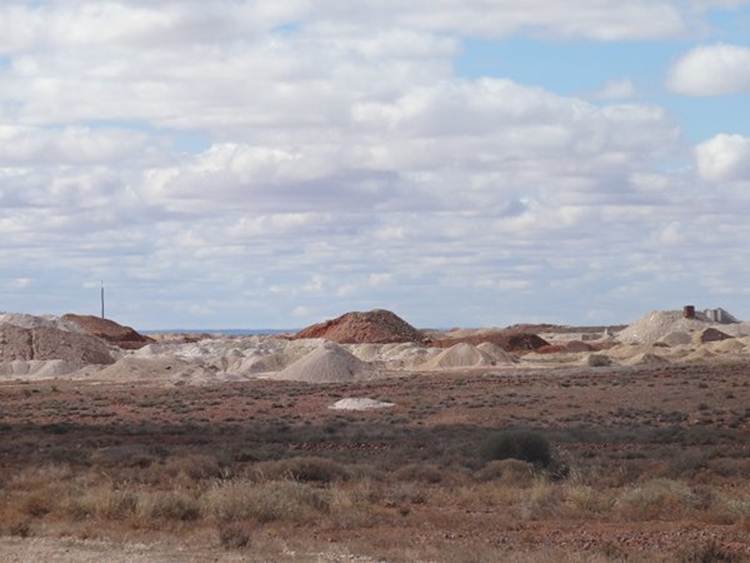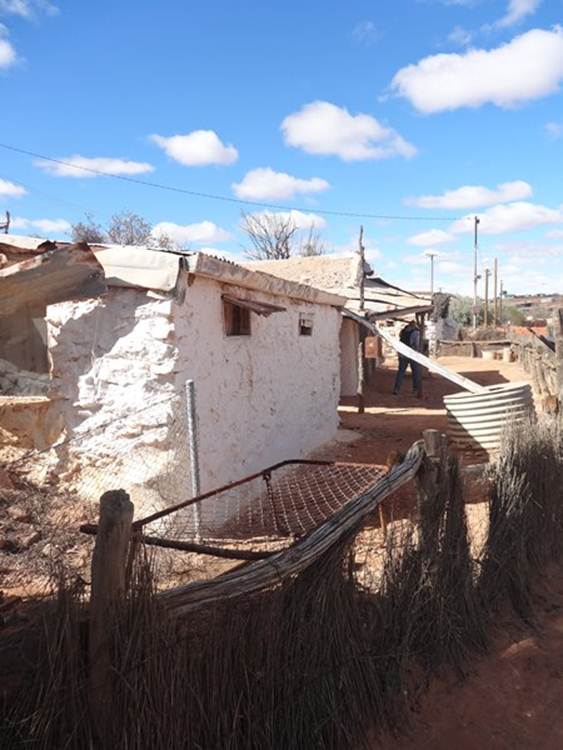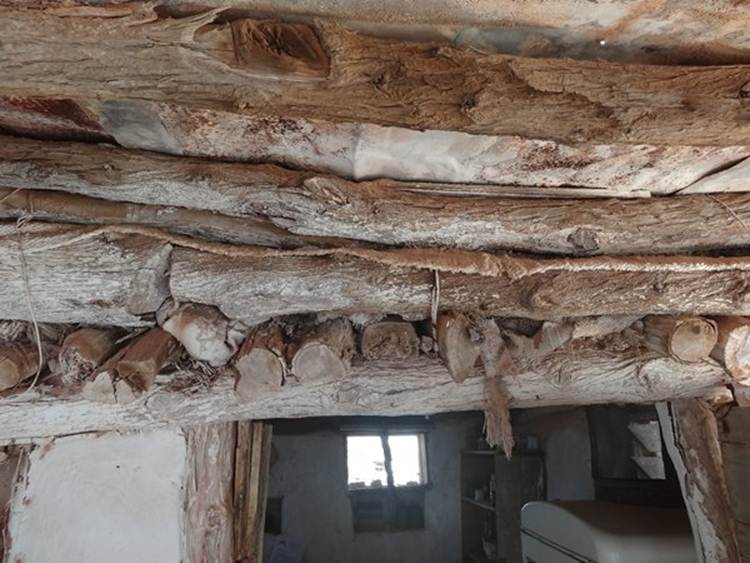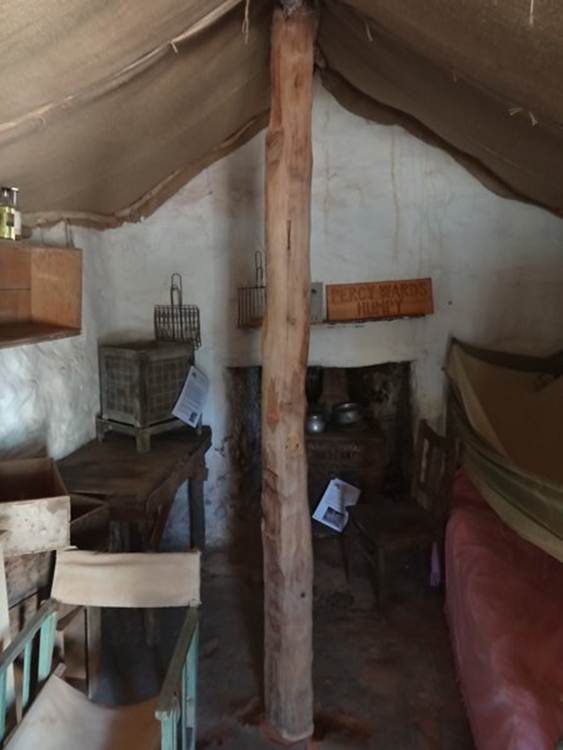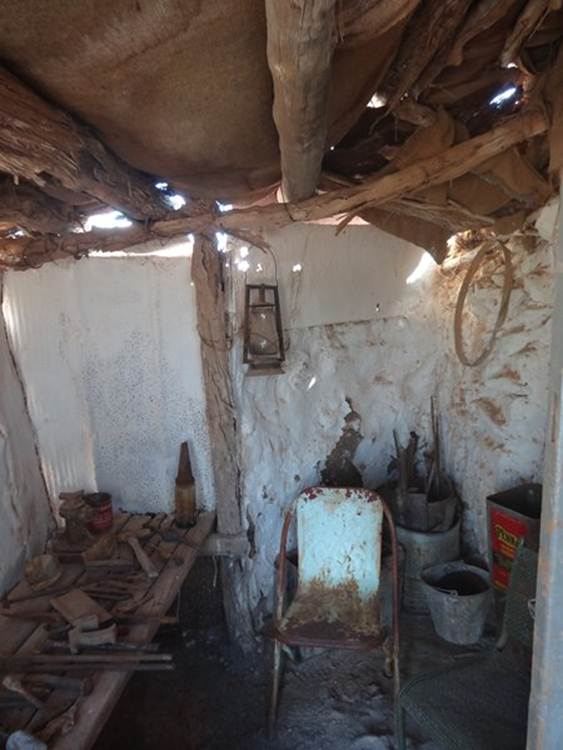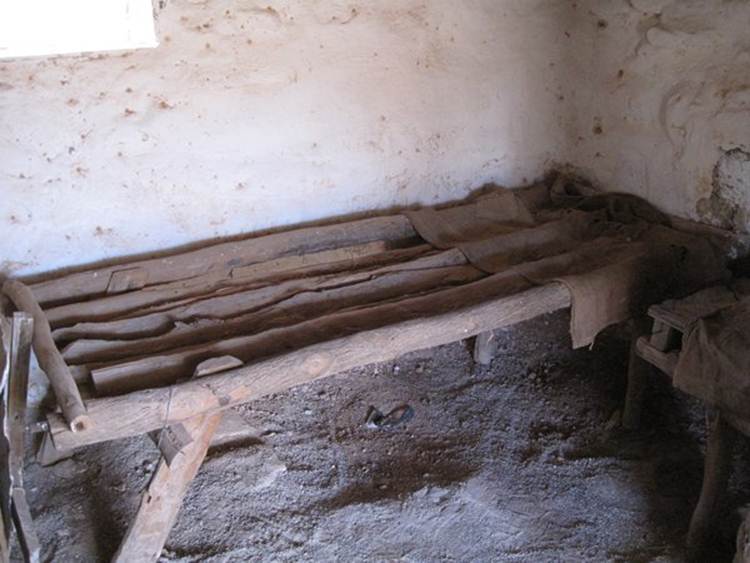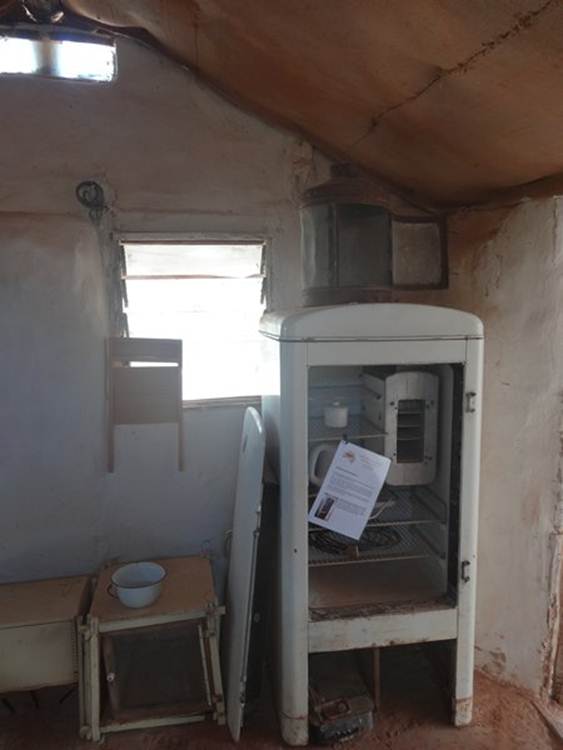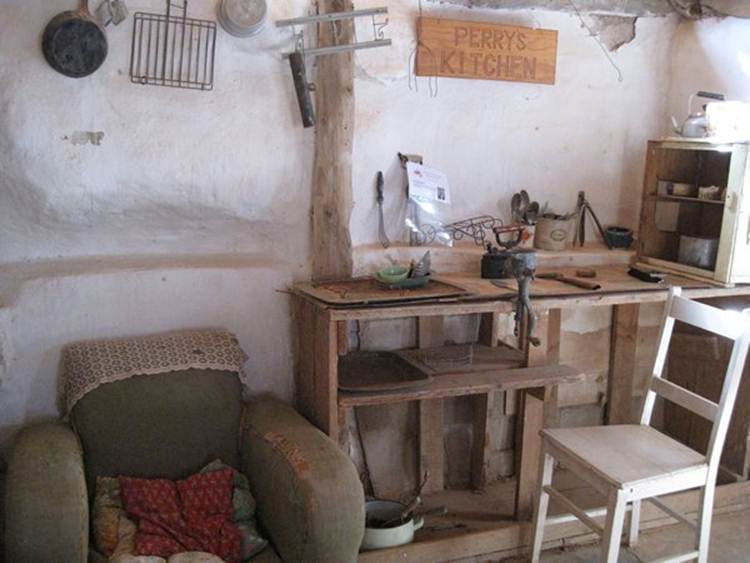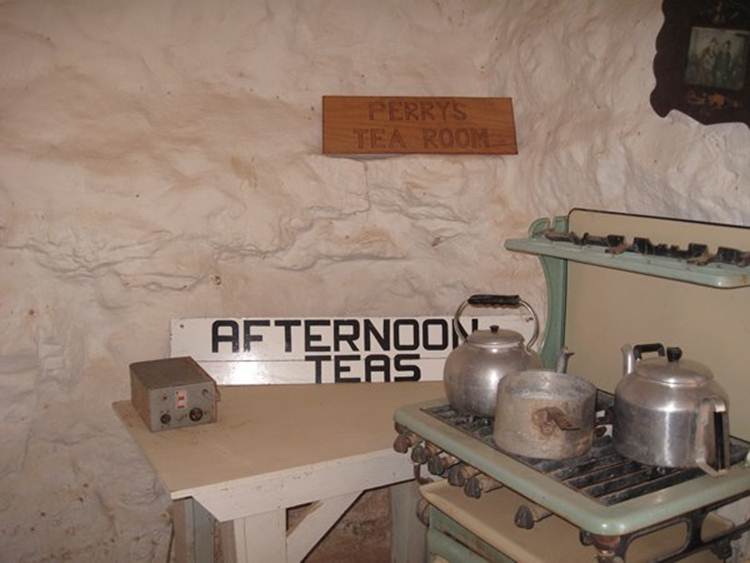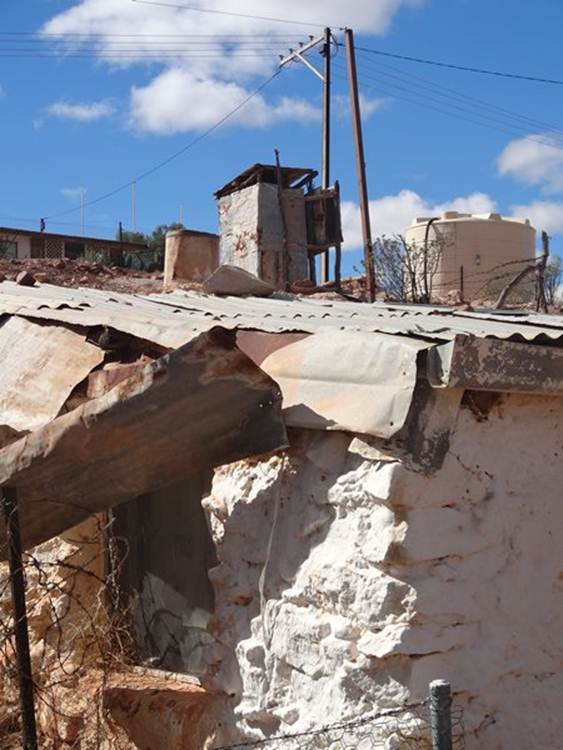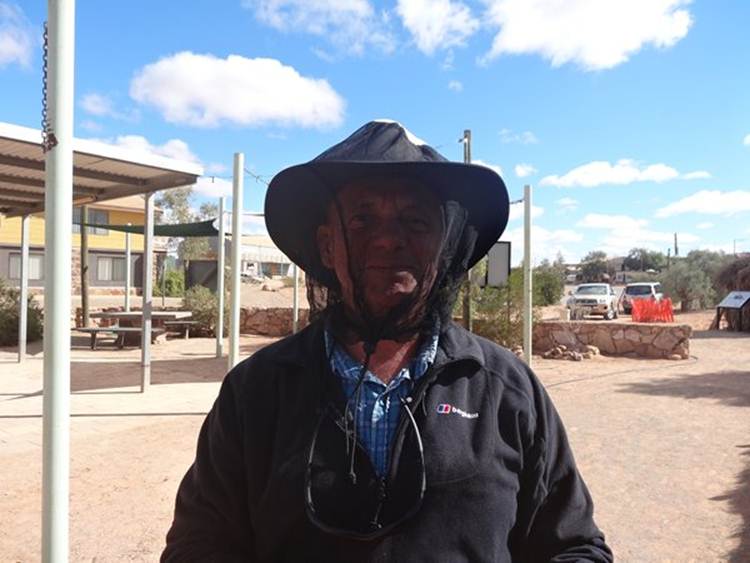Woomera - Andamooka Opal Fields

After our mine trip we decided to go down the road to Andamooka. The tourist office described this as quaint opal mining town. Hunting for opals is called noodling and you can noodle through the piles of ‘mullock’ heaps if you want, but you have to make sure that you aren’t going through someone’s pegged claim. Sounds contradictory but they dump a load of debris in a public area for the tourists. You can get a license and stack a claim if you want, $41 for 50m x 100m or $20 for 50m x 50m. Hard work if you do it by hand and expensive with relevant equipment. If the opal is shallow you can use a bulldozer to scrape off the top layer but if deep you have to sink a shaft. To hire the relevant equipment costs about $500 to $1000 to dig an access shaft. If you don’t find anything you have to dig another shaft. Here’s the piles of rubble from the mines.
There are twenty four separate fields. Interspersed between the rubble tips are houses or shacks. There is no mains electricity or water here. So no streetlights after dark. Water is brought in by tanker and stored in a big tank, the people then buy it from the tank.
The field was discovered in 1930. Some of Australia’s most beautiful opals come from here, which I guess is why the Queen has one. Called the Andamooka Opal it’s 203 carats and was made into a choker and given to her on her first state visit to Australia. Opal is a form of silica, similar to quartz, but it has water (5% to 10%) within its structure. It’s the water that refracts the light giving fabulous colours. You get them infused with red, green, blue light. In the ‘old’ days the miners lived in dugouts. These have been preserved and back up onto the rock face. Some have stone walls, which were either laid bare or bedded onto a mud based mortar.
These are native pines (couldn’t have been many of those around) walls and the builders made them dust proof using wattle and daub mixture.
Inside all very small but cool.
No doubt at one time this was a comfortable seat… maybe.
Mind you the this bed doesn’t look much better
From the bedroom..
To the kitchen…
Mrs Perry’s kitchen looked a bit more hospitable:
You want tea from here??
The dunny..
Now one thing that has increased exponentially as we have travelled inland, has been the flies. At first we thought we look stupid but frankly after 5 minutes in the open you don’t give a damn. Here’s Paul with one of our new fly nets.
|
